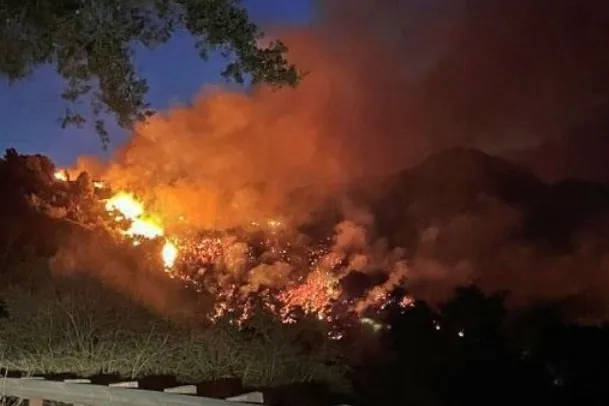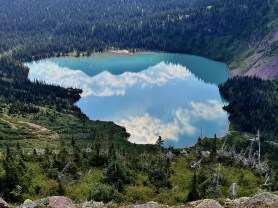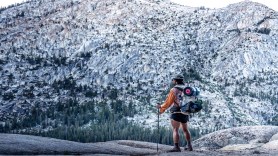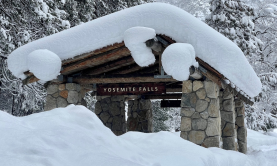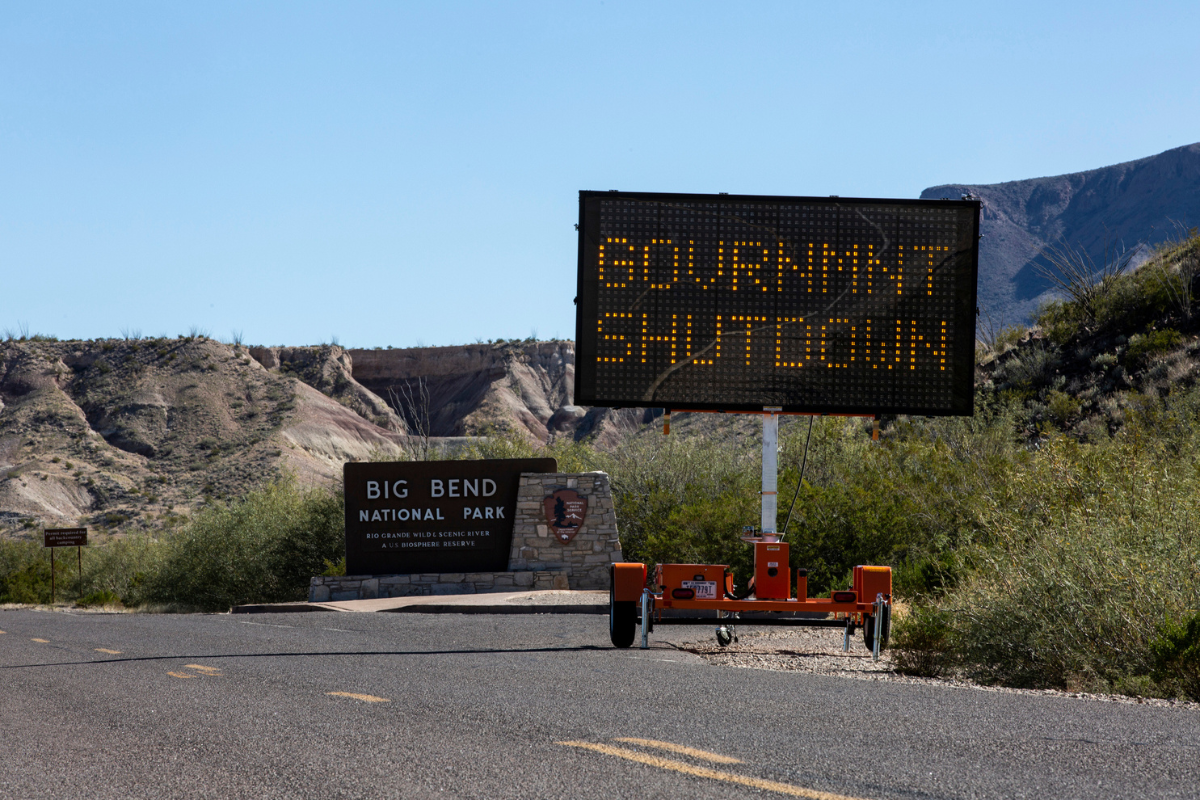

As debates continue in Washington, D.C., many fans of the outdoors are concerned about what happens to America’s national parks if the government shuts down.
Videos by Outdoors
This is not the first shutdown (or threat of a shutdown) that government agencies like the National Park Service (NPS) have navigated. The most recent in January 2019 saw about a month-long closure. The shutdown furloughed thousands of NPS employees and closed some park sites.
However, many parks remained accessible. Even if the park was shut down, people could still hike in and visit some of their favorite public lands.
According to a recent Congressional Report, the plan in 2019 kept parks accessible to visitors during the shutdown, “but staffing levels will be based on the assumption that no visitor services will be provided.”
In short, the contingency plan kept park roads, lookouts, trails, and open-air memorials open. However, officials kept facilities locked. Concessioners who operate private businesses like hotels and restaurants in parks were the only exceptions.
According to the report, there has been no updated contingency plan since the 2019 shutdown, so a similar approach is expected if a shutdown happens in 2023.
The report points out that in the two most recent government shutdowns, 21,000 NPS employees furloughed while about 3,000 continued working.
The Debate for Closed vs. Open National Parks
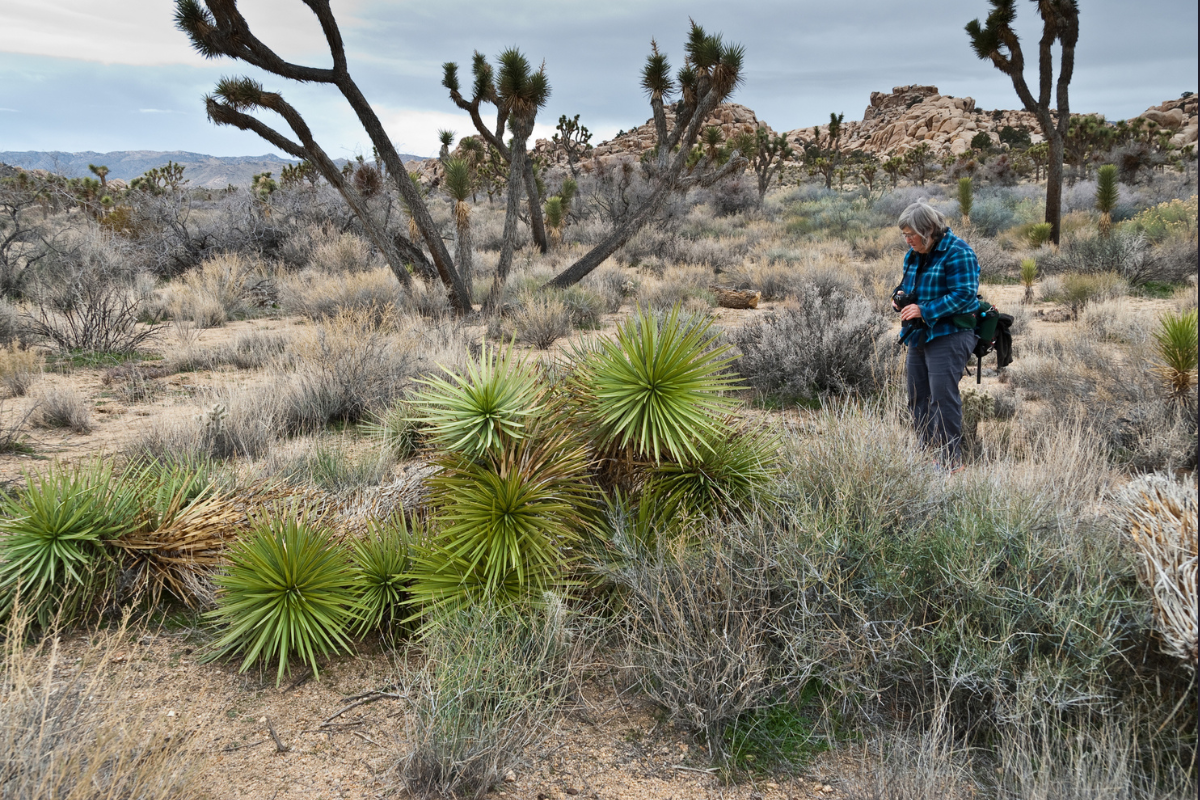
Similar to the debate on keeping the government running, the debate over keeping NPS sites open during a shutdown is also hotly contested. On one hand, national parks are huge economic drivers. Many parks are essential to the economy in some areas, so there is an argument to keep parks open. In 2022, NPS sites contributed more than $50 billion to the U.S. economy.
On the other hand, there is concern about damage to public lands and the increased risks for visitors in these outdoor spaces with fewer park staff available for emergencies. In 2019, NPS officials saw visitors damage Yellowstone hot pools, cut down trees in Joshua Tree, and damage Death Valley’s delicate desert ecosystem.
If Congress can not reach a consensus, government funding ends at 12:01 a.m. on October 1, 2023.

